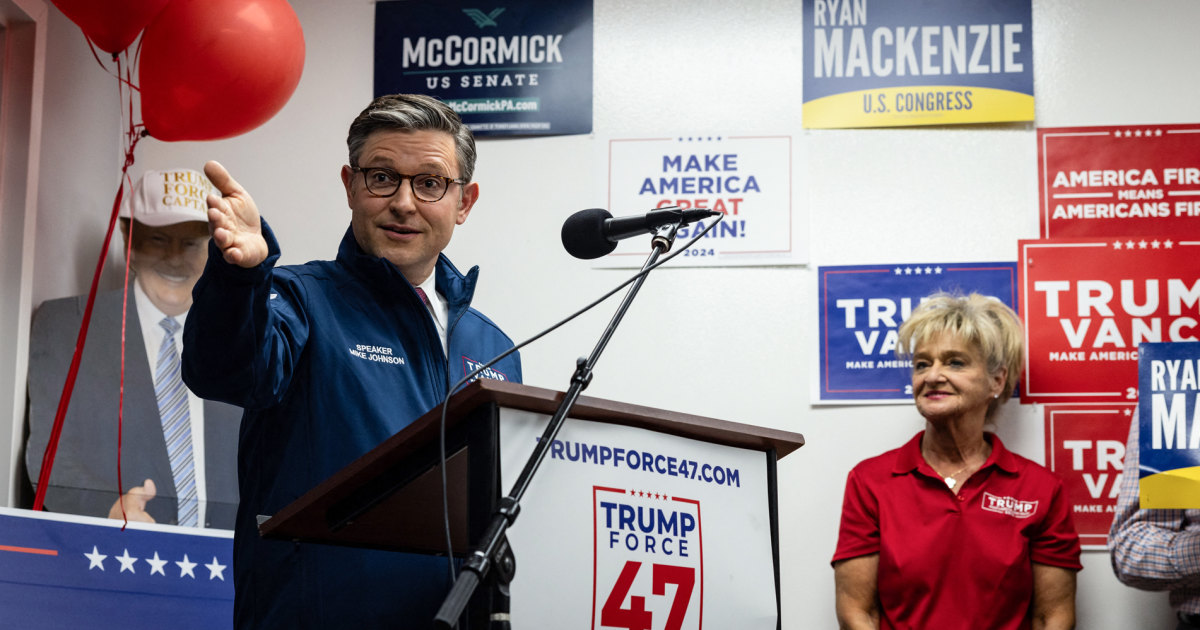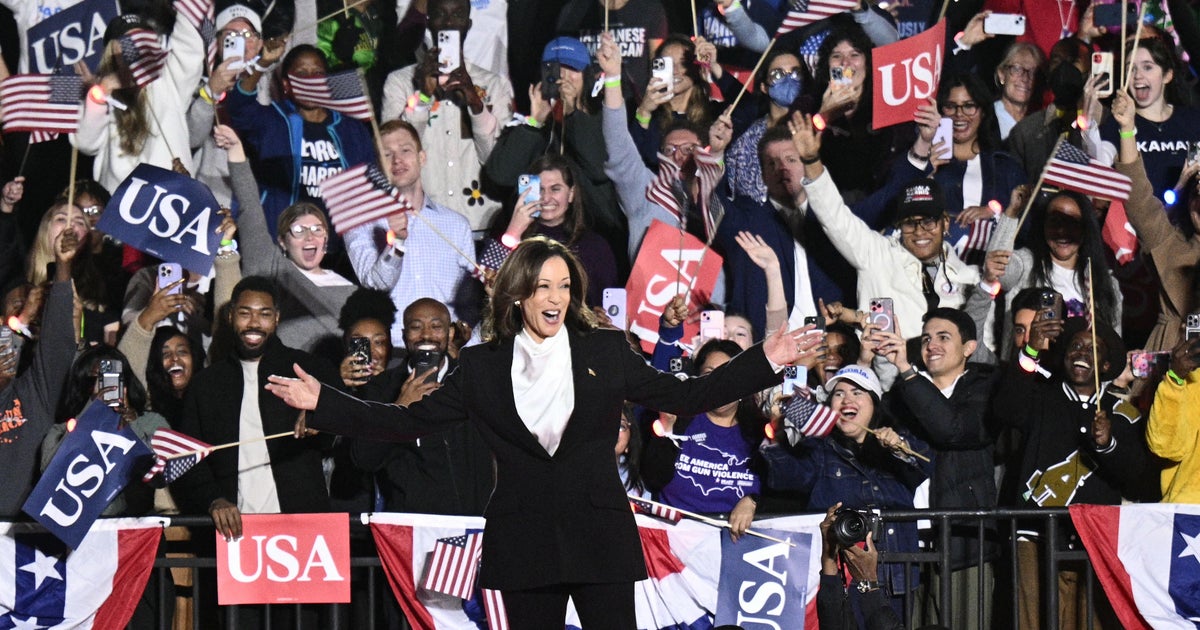
As reports of clashes between Israeli forces and Hezbollah fighters inside Lebanon began to pour in on Wednesday, the pro-Iranian militia led a media tour around the devastated areas of south Beirut.
The fighting over Lebanese territory was a major development, the first signs of Israel’s anticipated ground invasion of the southern part of the country. Lebanon’s army said Israeli troops had forcibly entered the border on Wednesday, advancing about 400 meters (about 440 yards) before retreating. Meanwhile, the Israeli army has confirmed that eight of its soldiers were killed in the battle.
In south Beirut, Hezbollah’s seat of power, the group’s spokesman, Mohamed Afif, made his first public comments on developments amid the rubble of a building destroyed by Israeli airstrikes in recent days.
“We were involved in clashes in the morning in Adayse and a few minutes before the press conference in Maroun al-Ras,” Afif said, referring to the Lebanese border villages where Israel allegedly carried out incursions.
Behind him, piles of trash were decorated with Hezbollah banners and posters of its late leader Hassan Nasrallah. These are the first images produced by the group since Nasrallah’s death in an Israeli airstrike last Friday – with a halo around his head marking his death.

Afif also released Hezbollah’s first reaction to Iran’s missile strikes on Israel last night, which Tehran’s elite Revolutionary Guards Corps (IRGC) said were in retaliation for Nasrallah’s death.
Press access to the densely populated neighborhoods of Beirut’s southern suburbs is rare. During a media tour covering the Near East, CNN saw sidewalks covered in broken glass, blown-out storefronts and collapsed buildings on every other block.
This is the first time a CNN team, which often reports from Beirut, has seen the aftermath of more than five days of Israeli bombardment in this part of the Lebanese capital.





